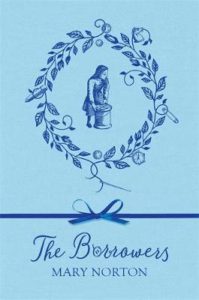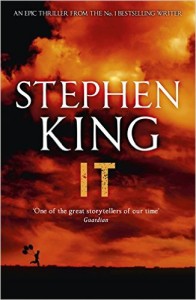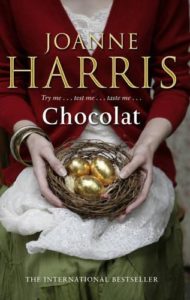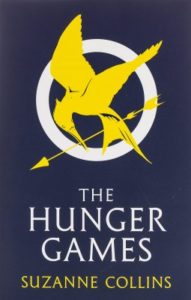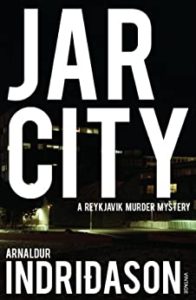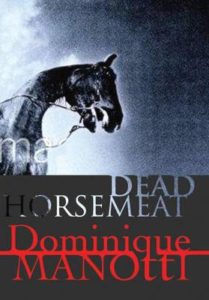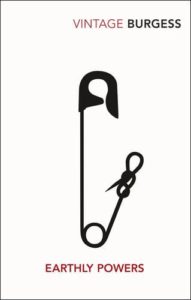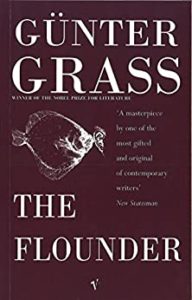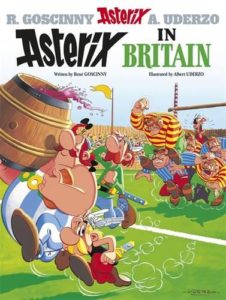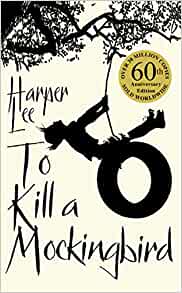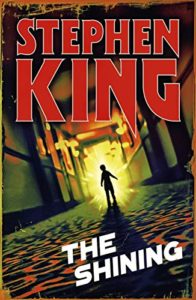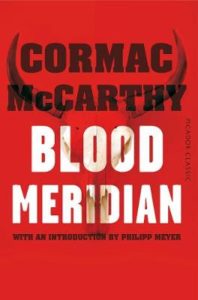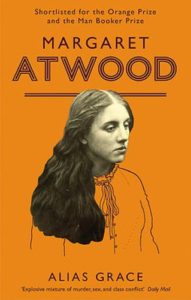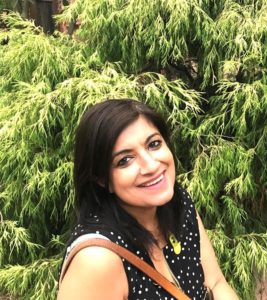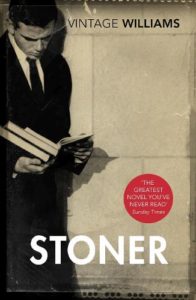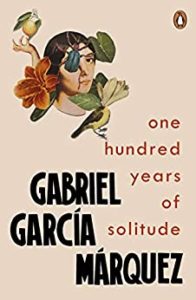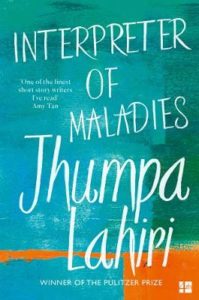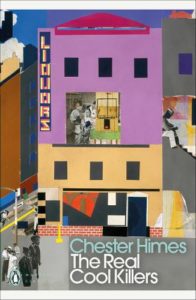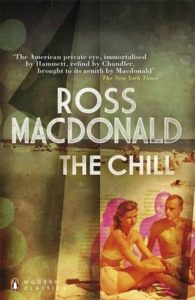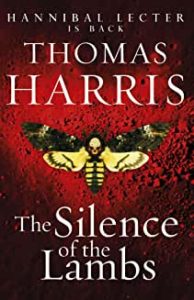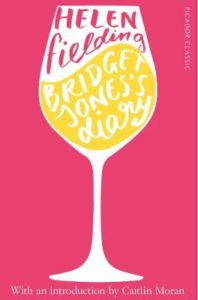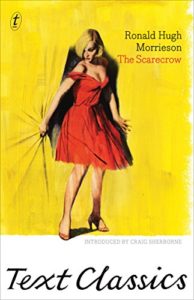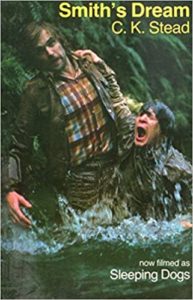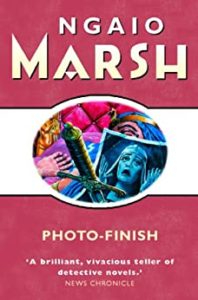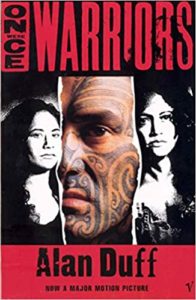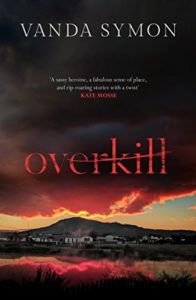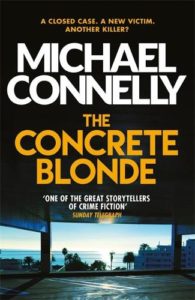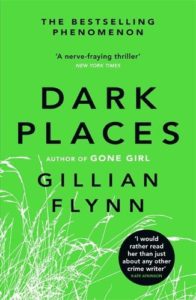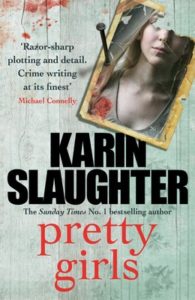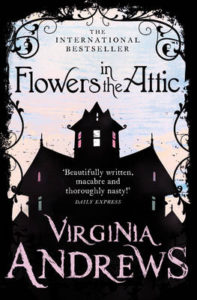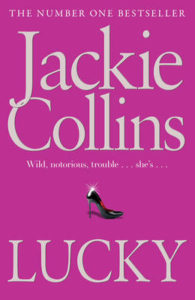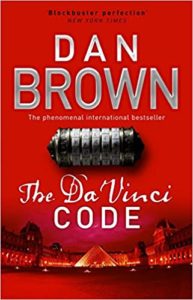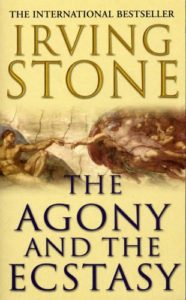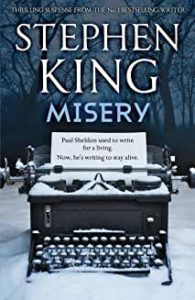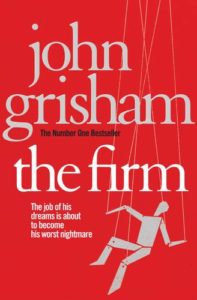Decades: Compiling the Ulitmate Library with Fiona Cummins
It’s time to add five new books to the Decades Library. Each week I am joined by a guest who nominates five new books to be added to my ultimate collection of essential reading.
Back in January 2021 I asked myself the question: If you had to fill a brand new library with nothing but the very best books, which books would you put on the shelves? I knew this was not a challenge I could complete alone so I invited authors, publishers, journalists and bloggers to help me. I ask each of my guests to pick five books which they feel should be included in my Decades Library.
Why do I call it a Decades Library? Although my guests are allowed to select any five books I ask that they only select one book per decade from five consecutive decades. This ensures I get a broad range of titles as it’s highly unusual for one author to have a backlist so extensive it covers five decades. There is one fellow though, King his name is, he pops up quite often…in fact stick around there’s another King novel making its debut in the Library this week.
This week it is my pleasure to welcome Fiona Cummins to Grab This Book. Regular readers will know I love the stories with a dark edge to them so it’s a real thrill for me to be able to share Fiona’s selections and add her chosen books to my library…
 Fiona Cummins is an award-winning former showbusiness journalist and a graduate of the Faber Academy’s Writing A Novel course, where she now tutors in Writing Crime.
Fiona Cummins is an award-winning former showbusiness journalist and a graduate of the Faber Academy’s Writing A Novel course, where she now tutors in Writing Crime.
Her bestselling novels – RATTLE, THE COLLECTOR, THE NEIGHBOUR and WHEN I WAS TEN – have received widespread critical acclaim from authors including Ian Rankin, Val McDermid, Lee Child, Martina Cole and David Baldacci. Her fifth book INTO THE DARK will be published in April 2022. She is published in more than 15 languages.
When Fiona is not writing, she can be found on Twitter at @FionaAnnCummins, walking her dogs or indulging her love of nature photography.
When I was Ten released in paperback on 30/12/21 and the hardback of Into The Dark publishes on 14/4/22.
DECADES
I was thrilled when Gordon of the brilliant Grab This Book blog asked if I’d like to take part in Decades, his Desert Island Discs for books. Imagine filling an empty library – what joy that would be! That said, I found it incredibly difficult to narrow down my choices because there are so many fantastic stories in the literary cosmos. With that in mind, I haven’t necessarily chosen the best books but the books that made the most profound impression on me.
The Borrowers – Mary Norton – 1952
I was obsessed with this series about the Clocks, a tiny family who live in the walls and under the floorboards of the Big House, borrowing from ‘human beans’ to survive. As a child, I remember scouring the library shelves for these stories, burning to find out more about the adventures of Pod, Homily, and most importantly, 14-year-old Arrietty, a fellow book lover with a curious streak.
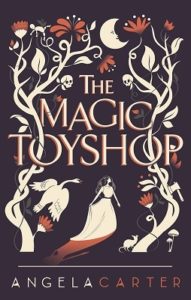 The Magic Toyshop – Angela Carter – 1967
The Magic Toyshop – Angela Carter – 1967
I read this novel in my teens after a boyfriend bought it for me one birthday. I wasn’t familiar with Angela Carter’s work until then but it started a lifelong love affair with her writing. I was captivated by this coming-of-age story dealing with the complexities of family dynamics and blossoming sexuality through the prism of magical realism.
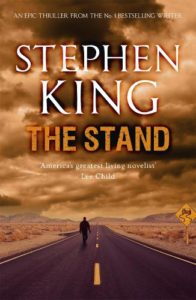 The Stand – Stephen King – 1979
The Stand – Stephen King – 1979
I can’t remember the first book I read by Stephen King but I do know that once I’d discovered him, I devoured everything I could lay my hands on. In this epic post-apocalyptic dark fantasy, the world has been decimated by a weaponised virus (too close to home right now?!) and the survivors fall into two camps, driven by Good and Evil. King is truly a master at making the reader care about the fate of his (many) characters. His ability to bring them to life on the page is nothing short of genius.
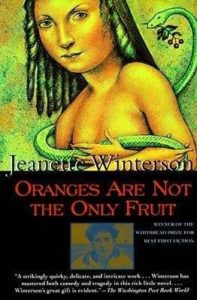 Oranges Are Not The Only Fruit – Jeanette Winterson – 1985
Oranges Are Not The Only Fruit – Jeanette Winterson – 1985
Another coming-of-age story (I seem to have a weakness for these) about Jess – adopted into a strict Pentecostal family – who rejects her future as a missionary when she begins to have feelings for another girl. As a teenager reading this for the first time, this book, which Winterson describes as partly autobiographical, had a profound impact on me, opening my eyes to unfamiliar worlds, doing what the very best fiction should do. I later played Jess in a university drama production and this novel has been a fixture throughout my life.
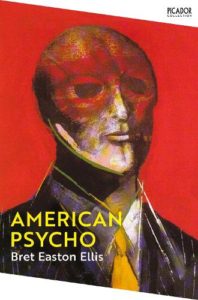 American Psycho – Bret Easton Ellis – 1991
American Psycho – Bret Easton Ellis – 1991
American Psycho blew my mind the first time I read it. This bleak satire allows us a first-hand glimpse into the mind of Patrick Bateman, a sophisticated, handsome and charming Wall Street investment banker who also happens to be a vicious and narcissistic serial killer. The brutality and sadism – the sheer scale of violence – stunned me, but I could not put it down. This was perhaps the first time I recognised the power of writing, that compulsion to read on, even though the subject matter was distasteful, because his storytelling had snared me in its iron grip.
And there we are for another week. Five fabulous books, some I instantly recognise, two I have read and one new name which I will need to investigate further. My thanks to Fiona for taking time to make her selections. Decades continues thanks to the support and kindness of all my guests who give their time to share the booklove.
DECADES WILL RETURN
